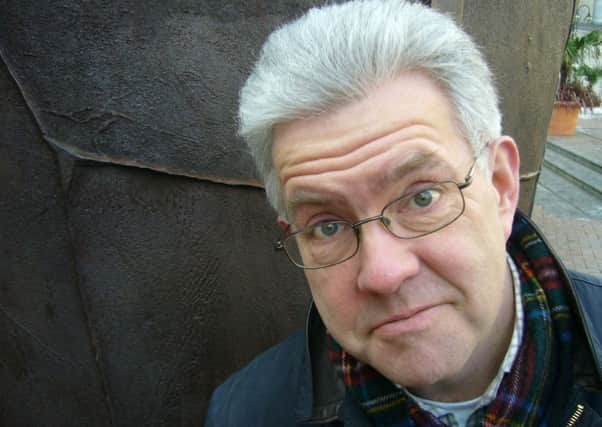Ian McMillan: To erm is human


I know: odd, isn’t it, seeing the way we talk written down like that in all its hesitating and syncopated glory, or non-glory, depending on your point of view. I know not everybody speaks like that, and that some people are capable of talking in complete sentences with the clauses following each other in a stately procession like the wagons of a slow freight train through Doncaster station. Those people are few and far between, however, and most of us rely on the stumbling half-dance of language to get to the place we wanted to get to at the start of the sentence.
The problem for the writer is, how do you replicate ordinary speech? Look at the soaps on TV, supposedly full of versions of the people you’d see on the street or in the pub? I’m not denying that the soaps are well written, because they are, but the people in them only speak realistically up to a point: there’s not much of the (to borrow from the Radio 4 programme Just A Minute) hesitation, deviation or repetition that you would get if you were overhearing a conversation in a queue at a sandwich shop. I guess one of the reasons for this is that it would get tedious, and another reason is that on the television or on the stage or in a radio play you’re not watching real life or anything like it and the characters are characters not people.
Advertisement
Hide AdAdvertisement
Hide AdI’m becoming increasingly fascinated by these verbal eccentricities and how to represent them on the page or in performance, and maybe performance is the key because the way we speak is all about rhythm, which isn’t to suggest that we all freestyle like rappers from The Bronx without knowing it, but that we all speak rhythmically without making a song and dance of it (hoho).
And that’s where the ers and the you knows and the likes come in; irritating as they can be to many people, I think they’re essential tools of communication; without them I suggest that many of us would be more tongue-tied than we already are, that the hesitations in our speech give us time to think about what we’re saying and help us to say better and more interesting things.
Whether you agree with my er-thesis or not, the problem remains of how to represent the way most people speak on the page and the simple answer from my point of view is that I have no idea. Still, it’s a very interesting challenge: if you’re a writer reading this, have a go at doing it just to see what happens. You never know what might happen!
Er. So. That’s, like, you know, it. Done the, er, column. The column is what you might call so to speak same as to say done. Er. Finished.